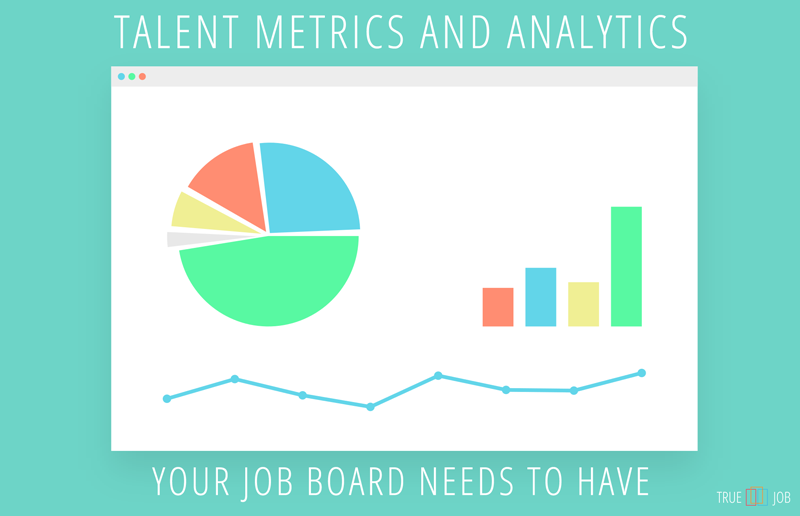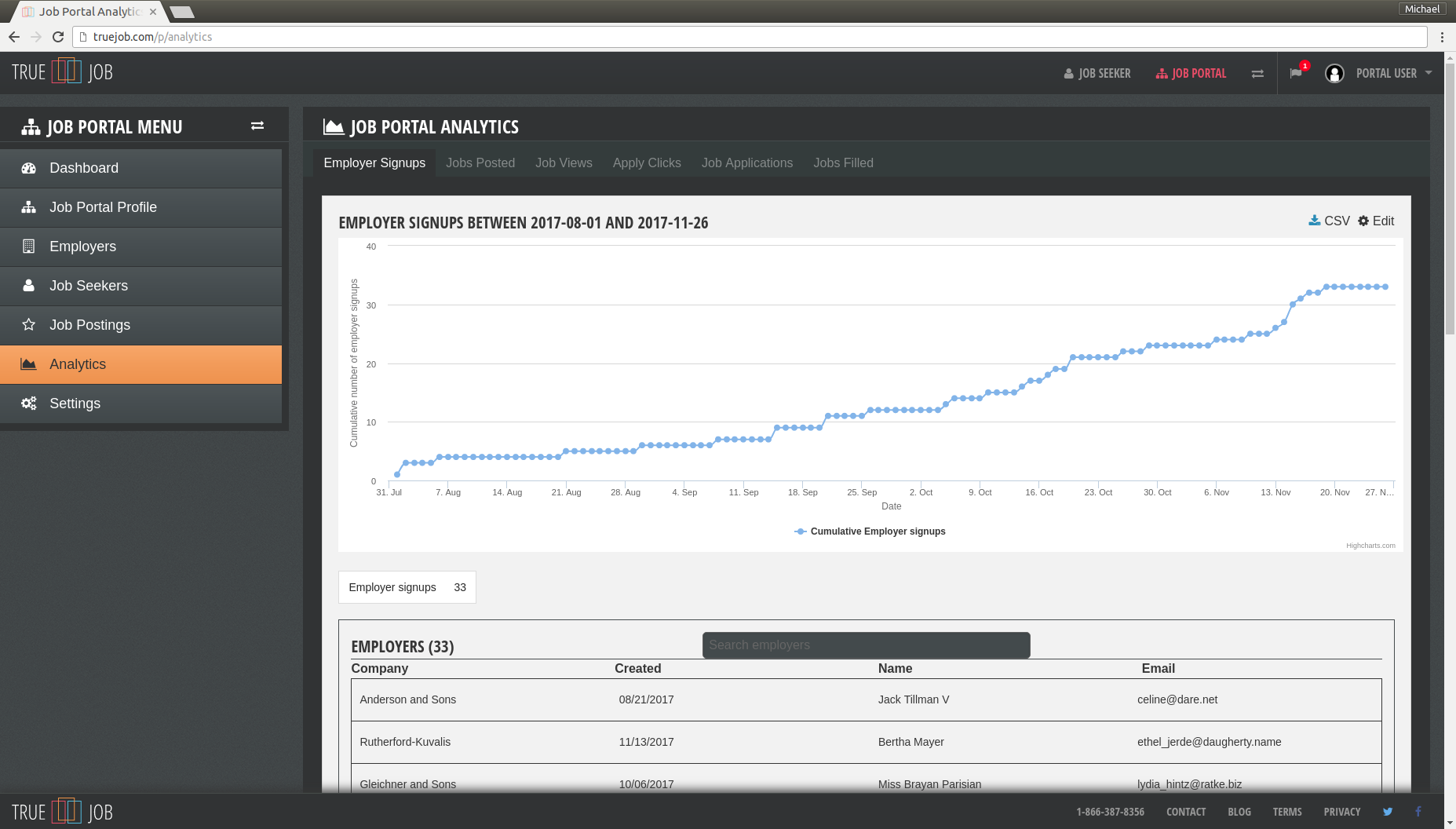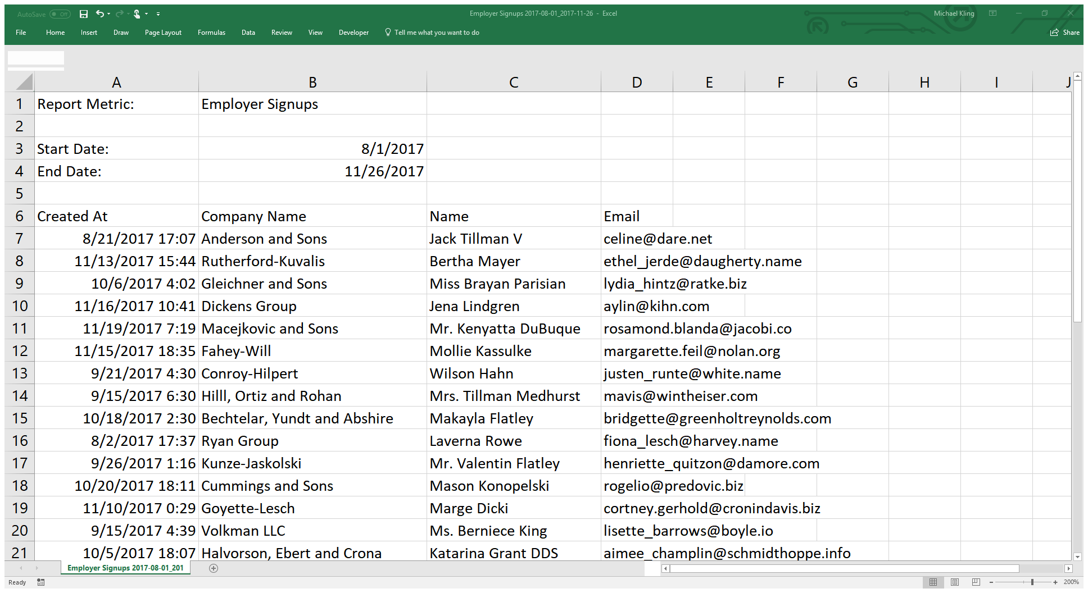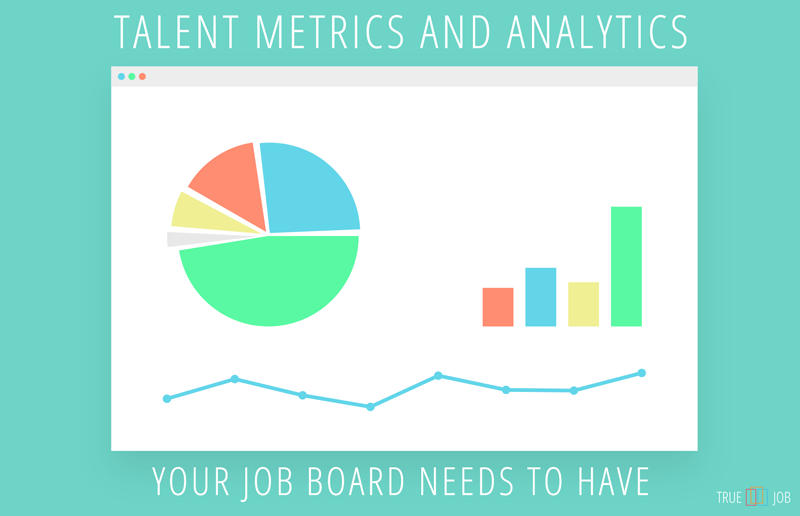
Economic Development Organizations (EDOs) serve a variety of needs in their communities. One of the most critical needs is helping employers find talent. Most EDOs can’t afford a full time talent administrator or recruiter. If they could, then the amount of available job opportunities and potential applicants would likely be either too great for one person to handle, or too small to justify a position. So, how can EDOs help their employer customers find talent?
The answer is to offer an intelligent job board that serves the needs of corporate customers as well as job seekers. Of course, this solution raises its own issues. First, EDOs typically do not have the resources to maintain a job board and to provide training and support to their clients. Second, EDOs need easy control of which companies and which jobs are posted on the job board. This is often referred to as “curation”. Lastly, it is critical to have the job board measure metrics that the EDO can use to show it has added value to its community.
EDOs serve three main constituents. The first are their funding organizations. An EDO, like any other organization, needs to show value to the organizations that provide funding. Second, EDOs must support the needs of the employers in their region. Finally, EDOs need to serve the needs of the job seekers in their region. These are the members of the community (as well as people outside the community looking at moving) considering employment with the companies that the EDO serves. Understanding, tracking and reporting (for example) how many employers utilize their talent services, how many jobs have been listed on their site, how many jobs have been filled through their site, and repeated use by the companies in their region is essential to this effort.
There are seven critical metrics that EDOs must track to show value to both corporate customers and funders of the EDO. Each of these metrics can be used to answer key questions for the EDO. The key metrics and questions are:
- Number of companies that have signed up for the job board (and when they signed up)
- How many employers are currently posting on my job board?
- What is their contact information?
- Number of jobs posted by those companies (and when those job postings were posted)
- How many jobs have been posted on my job board? Are currently posted?
- Which companies are posting the most jobs?
- Where are the job postings located?
- Number of times a job has had someone click "Apply"
- How many times have job seekers clicked ‘Apply’ on each job?
- Which jobs have the most ‘Apply’ clicks? The least?
- Number of job applications filled out fully and submitted via the site
- How many complete job applications have been submitted?
- Which jobs and companies have received the most job applications?
- Number of times a job posting has been viewed
- How many times has each job been viewed?
- Which jobs have been viewed the most? The least?
- Number of jobs that have been marked "filled" by companies using the job portal?
- How many jobs have employers marked as ‘Filled’?
- Which companies have the most ‘Filled’ jobs?
- Number of job seekers submitting their contact information to the EDO
- How many job seekers have submitted their contact information?
- What is their contact information (e.g. for my newsletter)?
Without each of these metrics, the talent initiative lacks tangible results. It is critical to note that popular job sites such as Monster and Indeed do not offer these required capabilities to the EDO. It is also important that the job board platform you use makes it easy to view and export these metrics.
The TrueJob platform makes these metrics available as part of our analytics dashboard. You can either view data and graphs directly on your dashboard:

Or, you can export this data and view it in a program like Excel:

If you're interested in learning more, download our sample analytics dashboards and reports book here.

